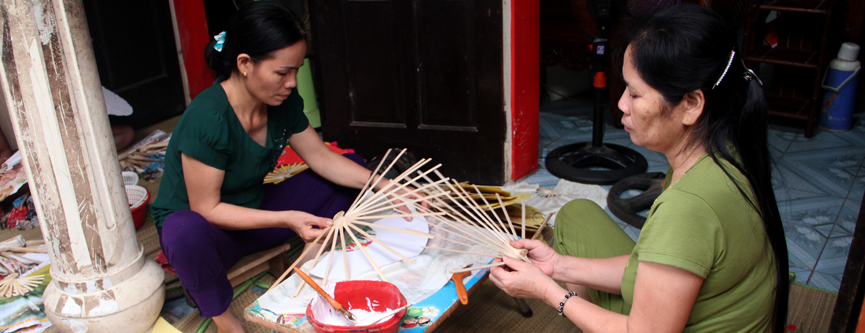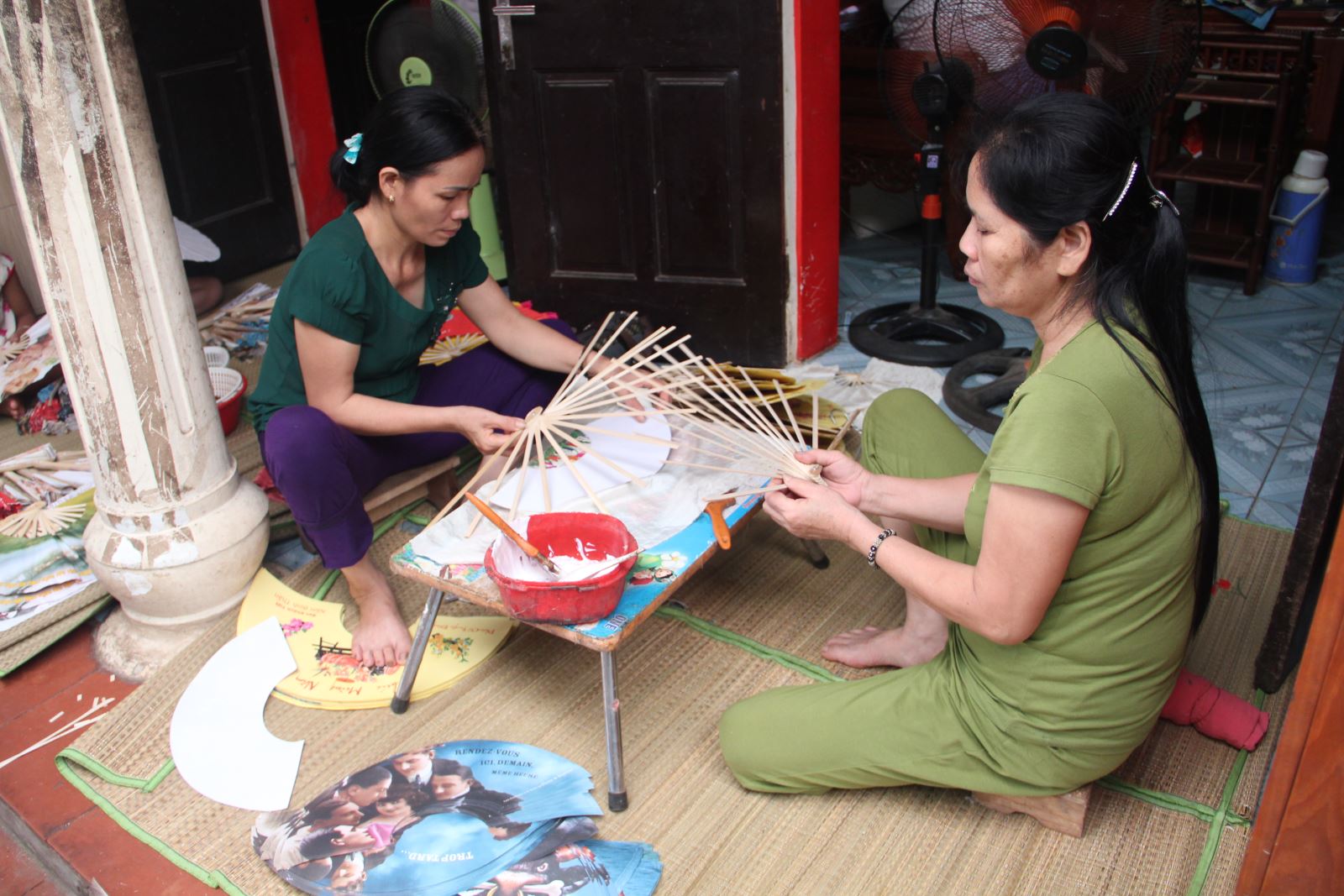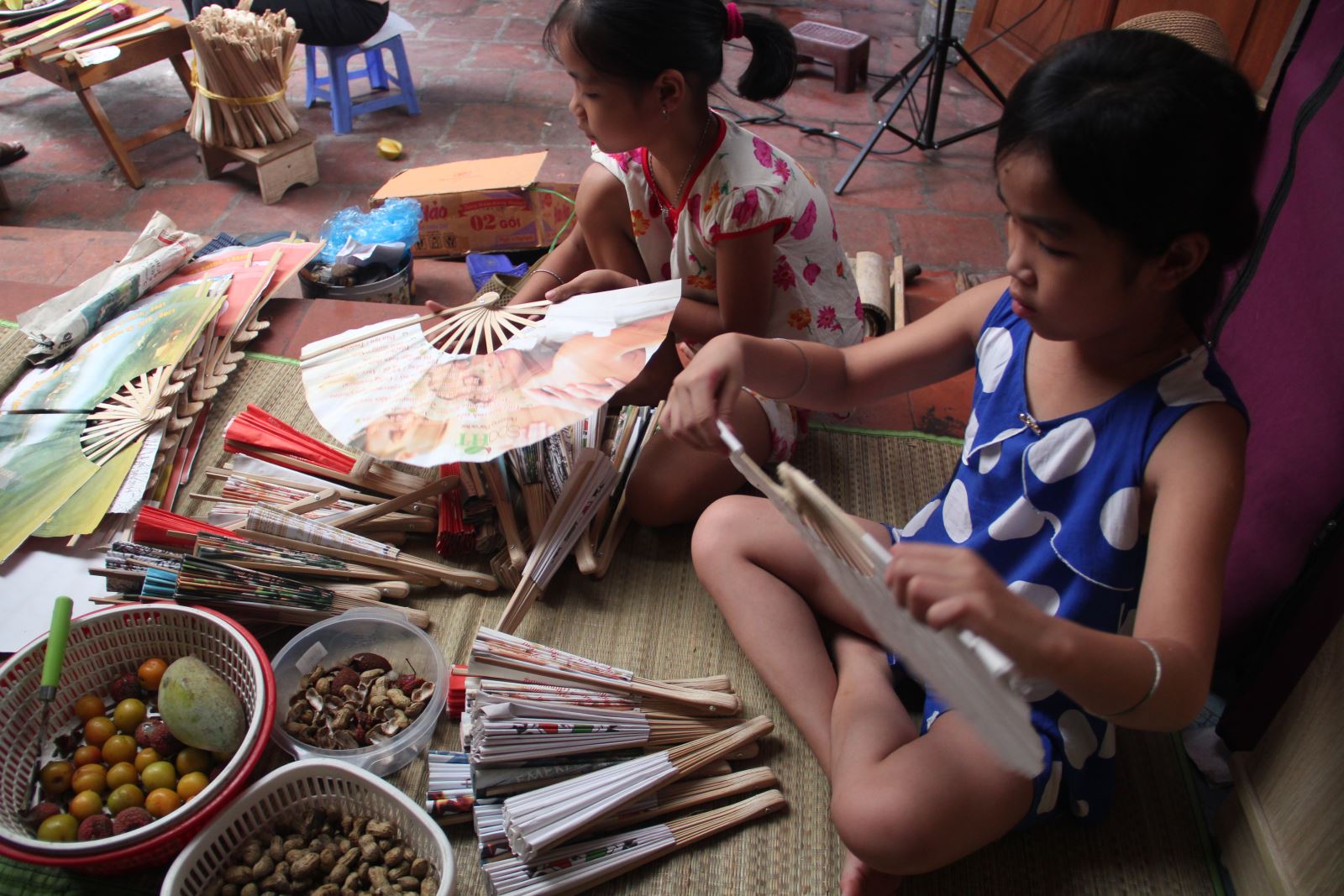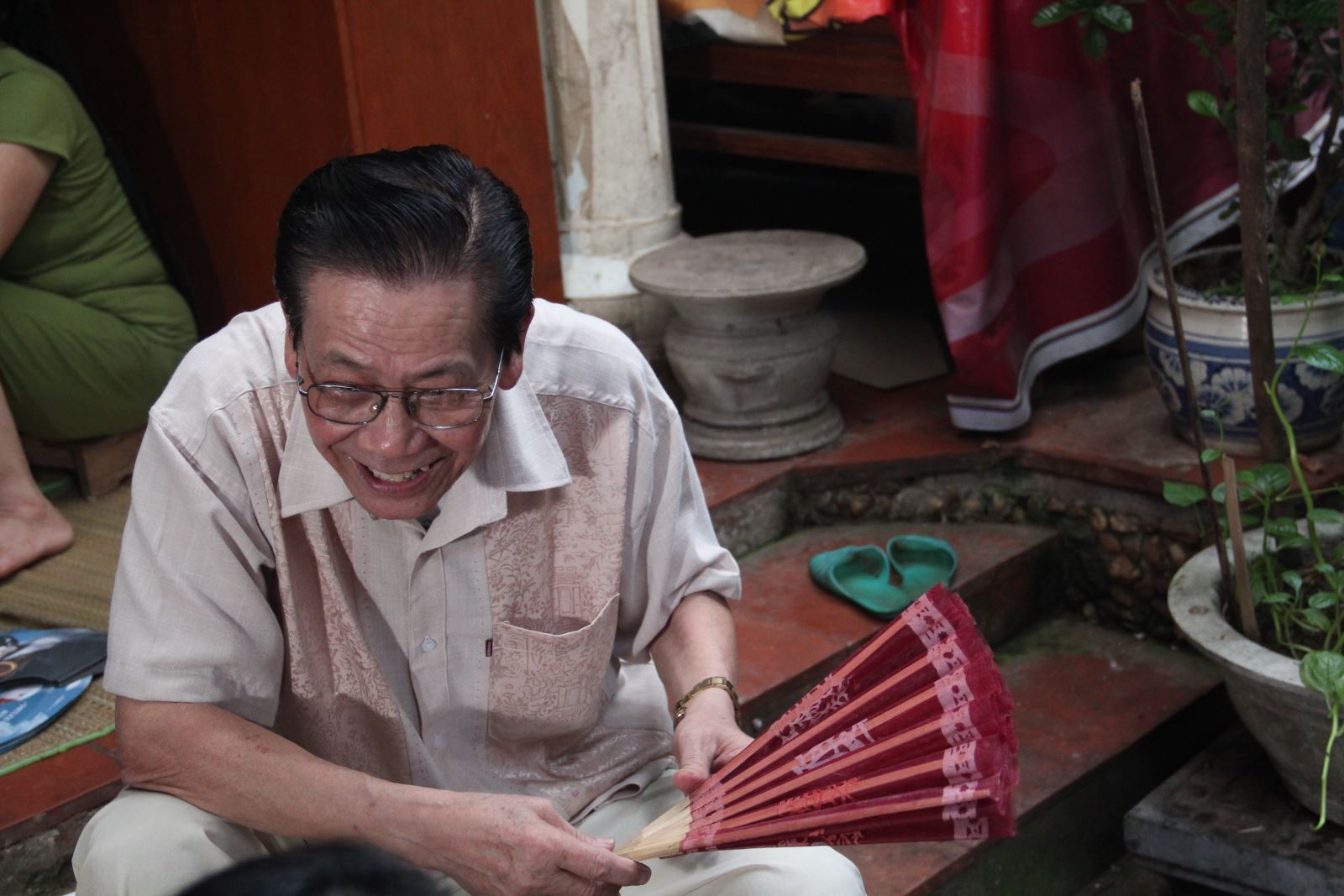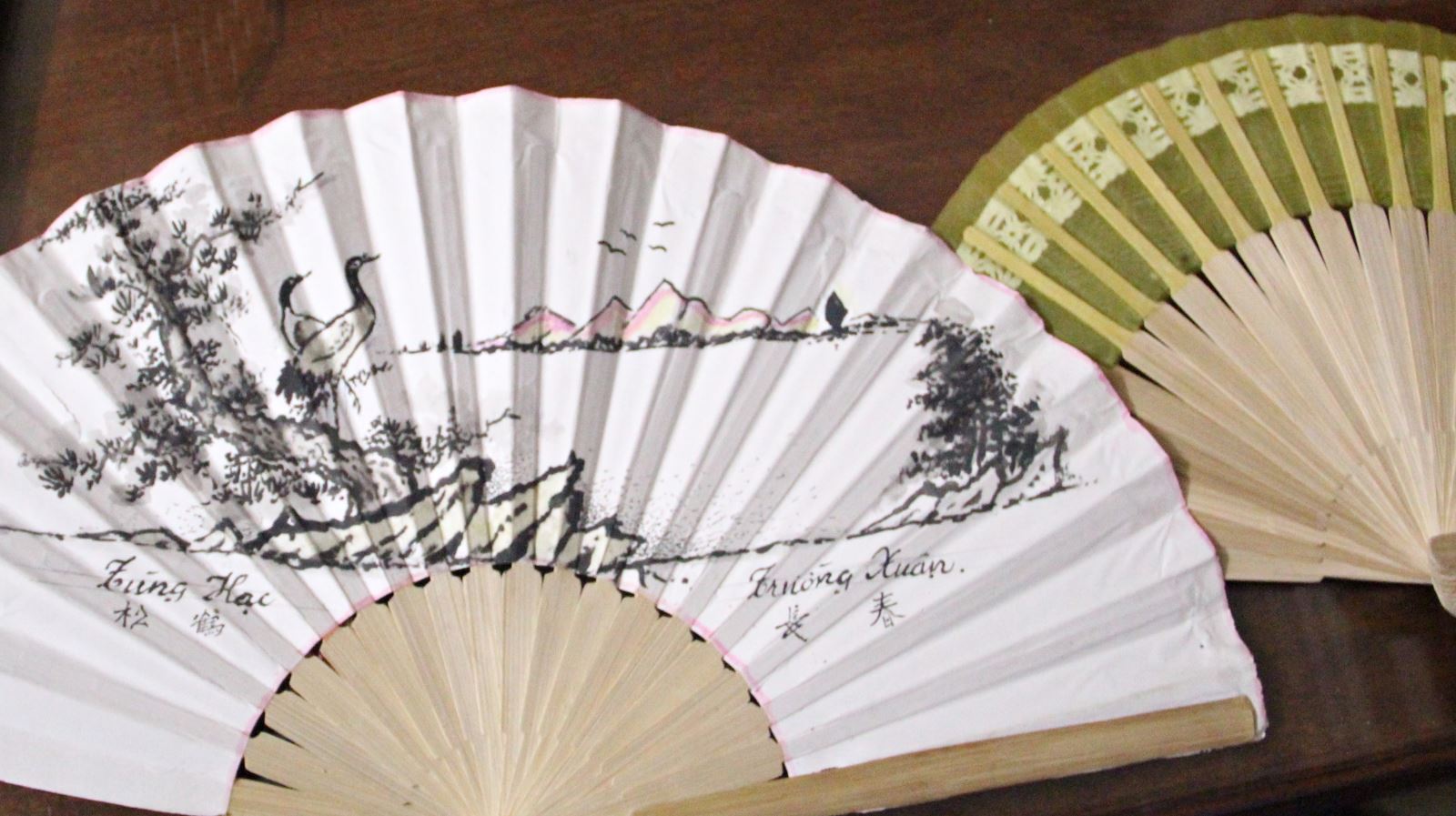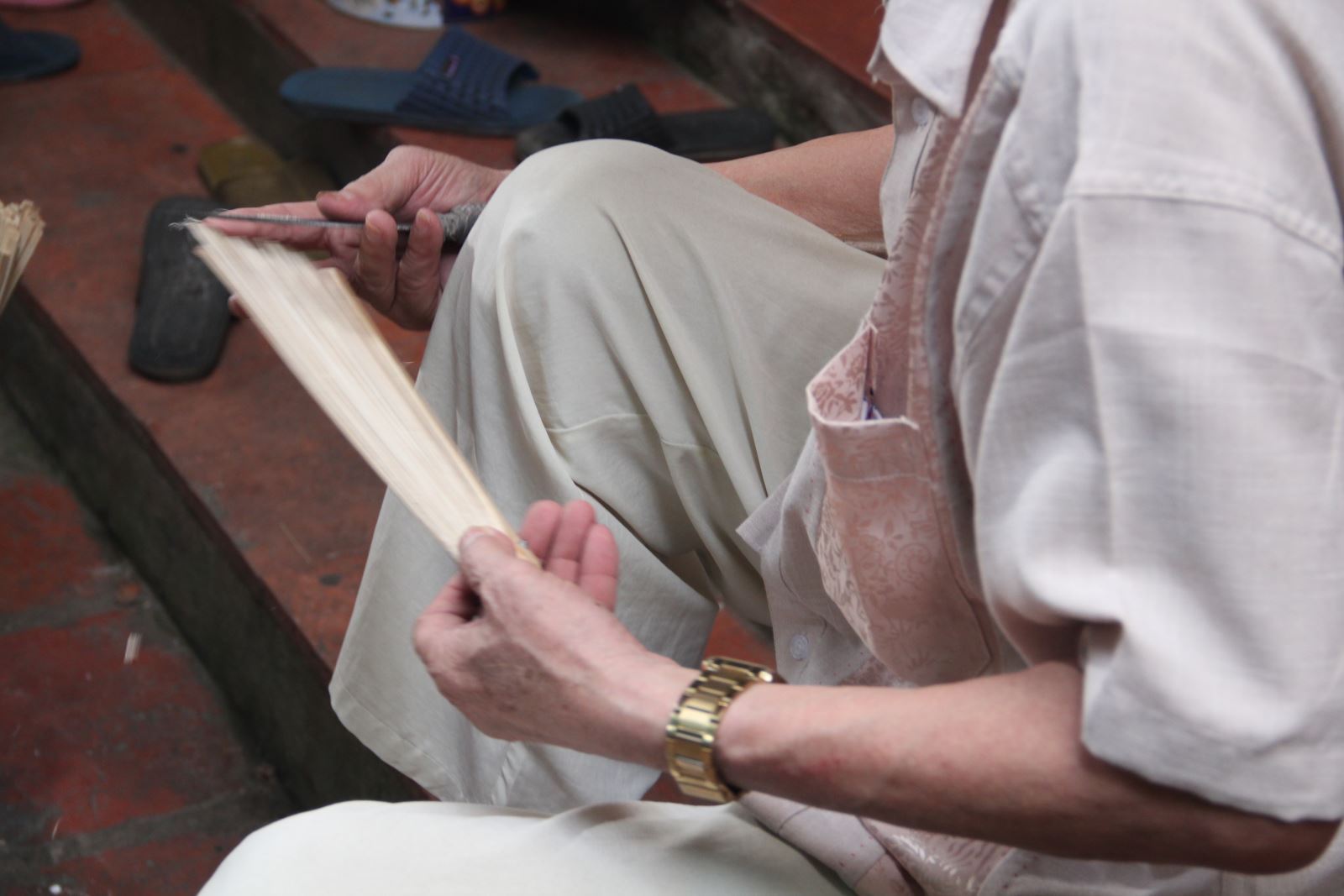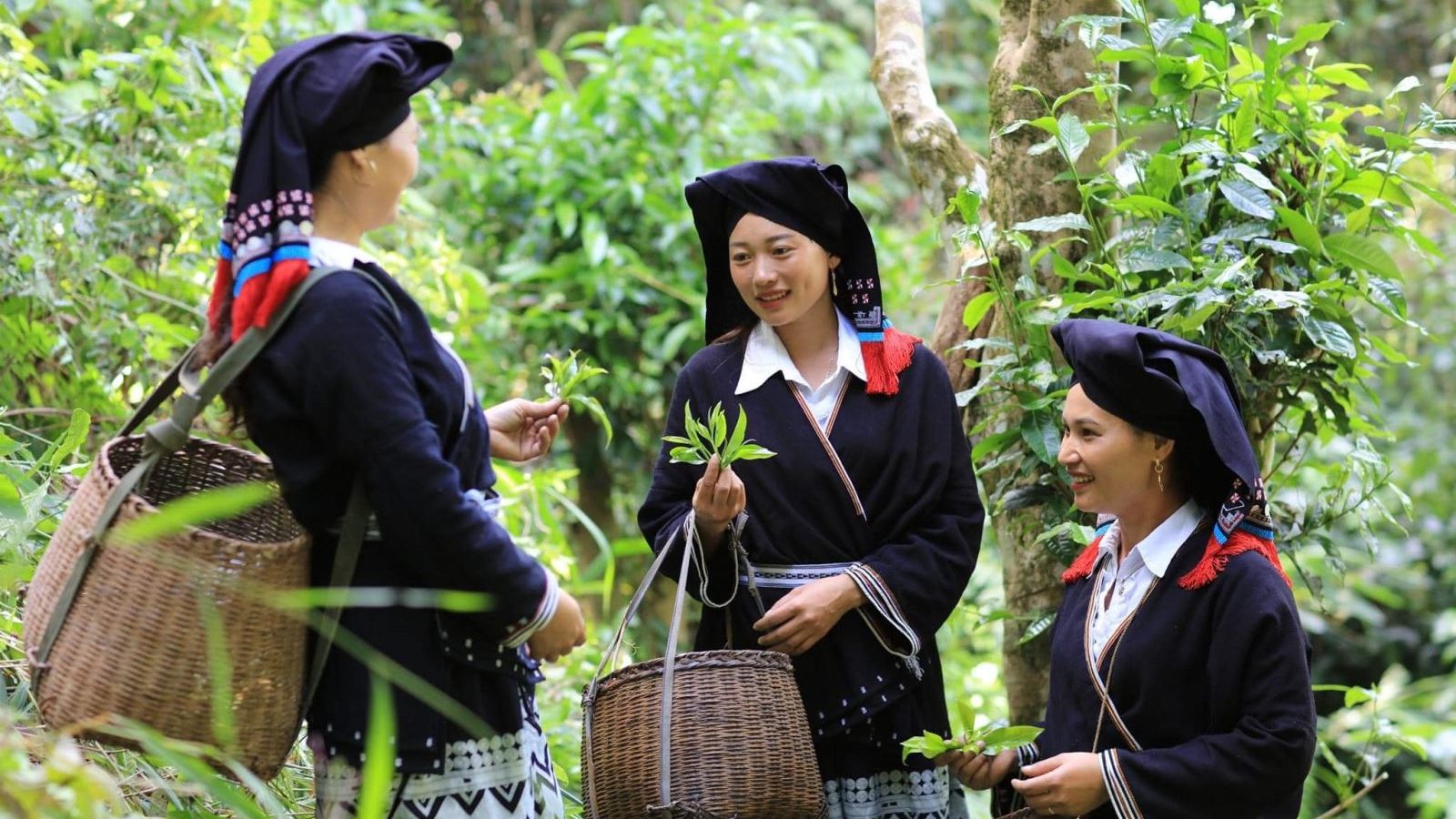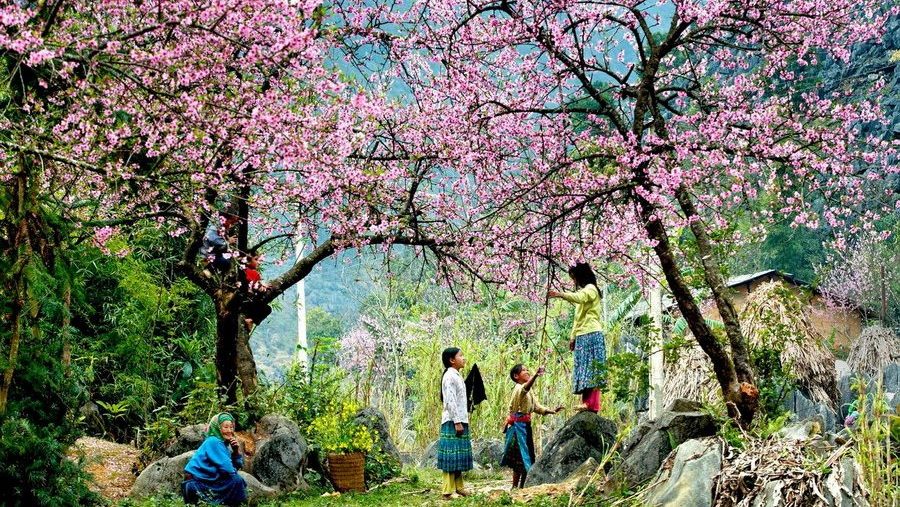Everything you have read or heard about Hanoi is true. The endless flow of motorbikes, the lively markets and some of the world’s best street food are all here. However, Hanoi also abounds with traditional craft villages from pottery, conical hat, carpentry, statue – making. Just to name a few. One of the villages with a long history of crafting is Chang Son – paper fan making village located not so far away from the city centre.
From the 19th century, Chang Son folding fans were well-known at home and abroad, used to be displayed in Paris exhibitions. We were invited to the village by Ms. Tuan – owner of a fan making workshop. Following her guideline, we found our way out of the hustle and bustle of the city and drove further to the outskirt of Hanoi. On arrival at the village, you can immediate tell that Chang Son still maintains the characteristics of pure Vietnamese village: houses were built from laterite, banyan trees, rice fields, temples and calmness. One thing that made us so excited was to see thousands of colorful folding fans drying along the lane.
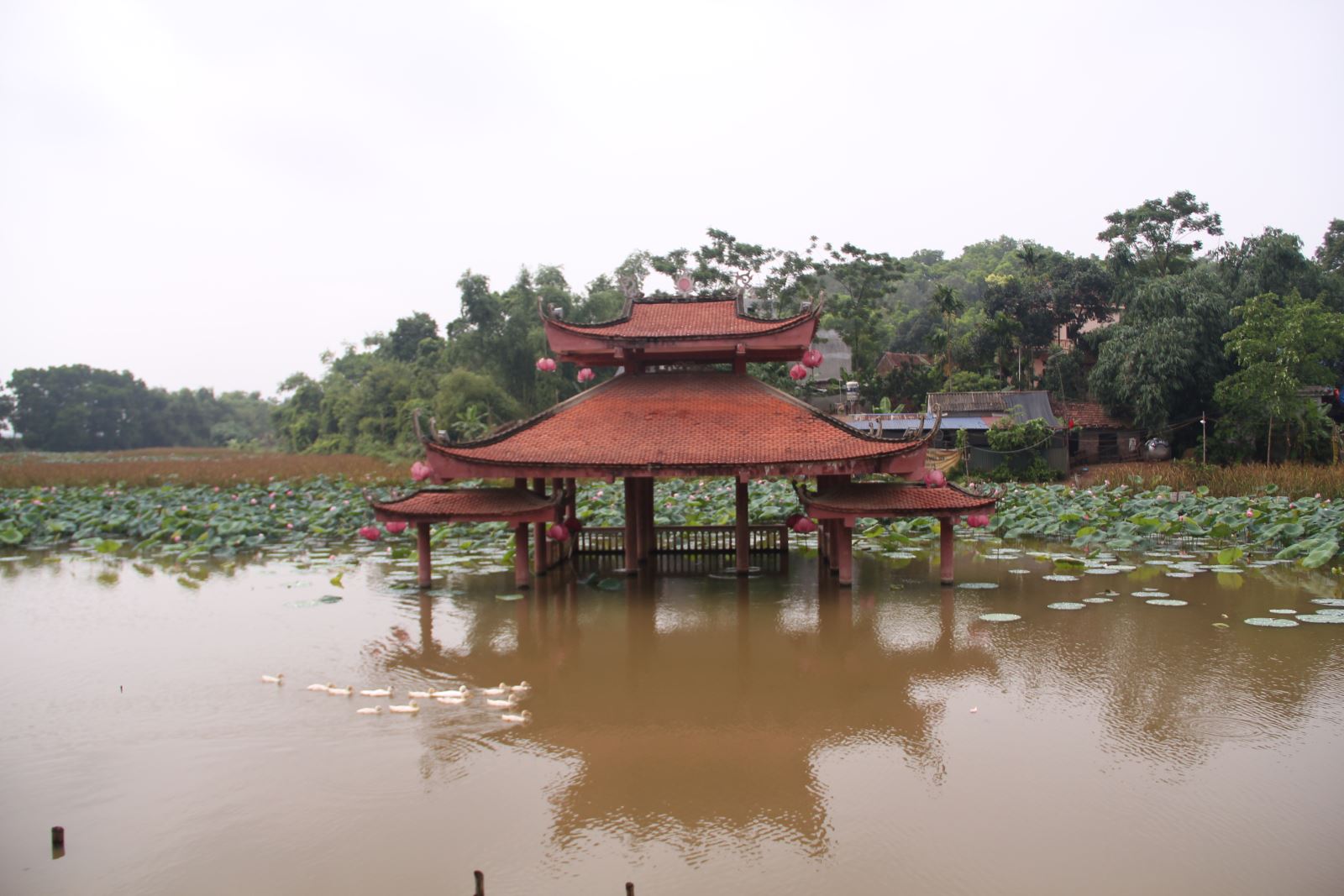
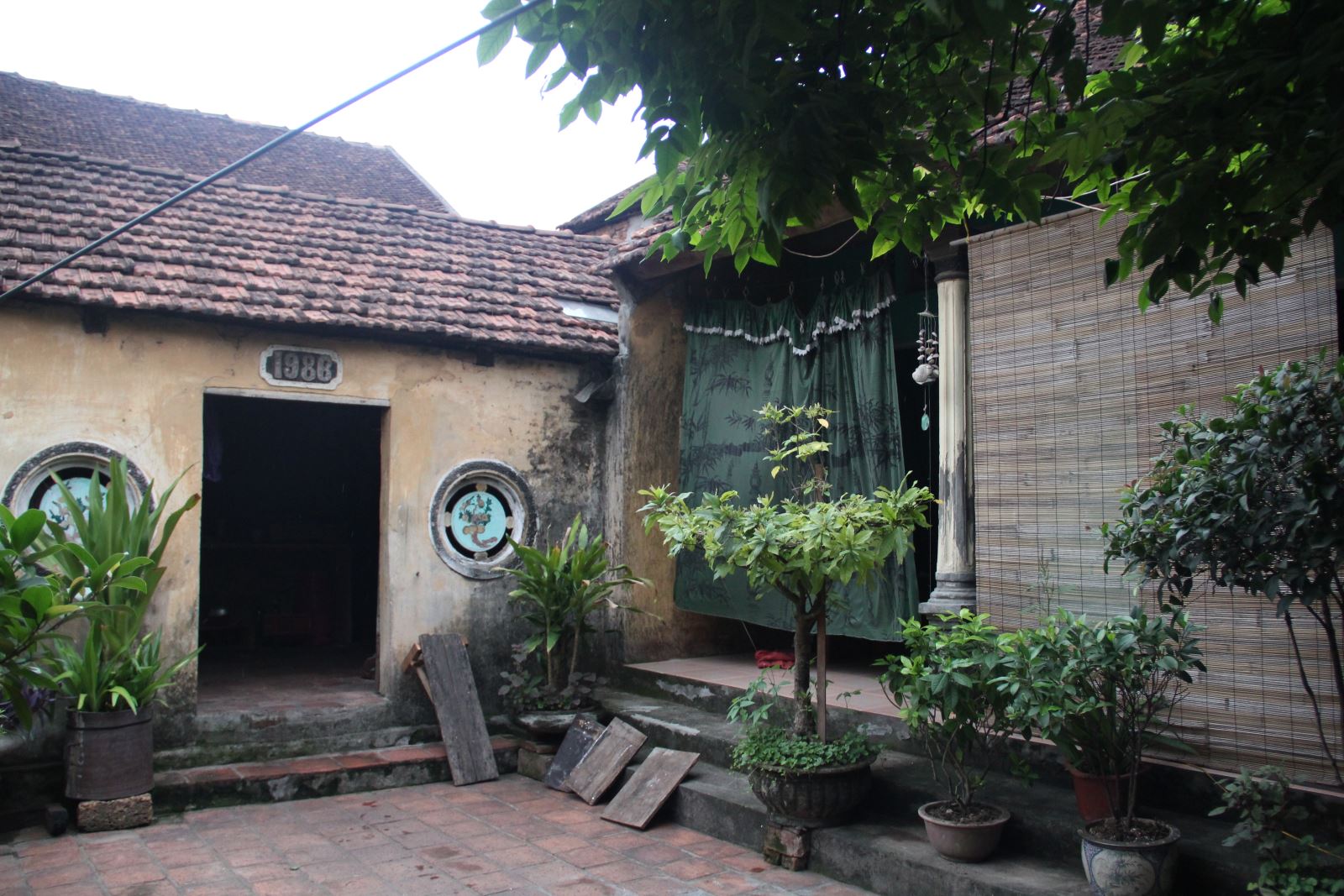
Ms. Tuan invited us to her home. The backyard is a small workshop where other artisans gather together to work. Each process was performed under their skillful hands. The making processes as well as technique have been passed from generations to generations in the attempt to maintain the tradition. “Each family in Chang Son Village takes on one stage of the fan making process”, Ms. Tuan told me. Other than own- produced fans, she also collects from other villagers to meet the demand of clients. Besides, it helps spread the benefits to others.
We met Ms. Tuan’s neighbor, the oldest artisan in the village. At the age of 80 years old, Mr. Nho eagerly shared with us his knowledge about the great variety of fans and their different purposes. From decorative fan, daily used fan to fan used in special occasions such as festivals, pagoda, etc. Hence, fans are made in various sizes, designs, colors and materials. Fans for scholars and gentlemen are generally different from fans for ladies with feminine touches, he added.
For the painting and calligraphy fans, one of the most important stages is painting on the surface of the fan as it requires a dedication, intelligence and patience. The calligraphy fans normally present messages of good fortune to spread positive attitude.
Artisans choose bamboo carefully for the making of bamboo sticks. Bamboo has to be flexible from roughly 3 years of age. If you walk around the village, you can also see a lot of bamboo strips are piled up along the lanes. The bamboo strips need to be chemically treated to avoid termite infestation. After that, bamboo strips are cut beautifully to make 2 outermost sticks/ guards – the sturdy construction to protect the fan while folded and middle sticks. Then to hold everything in place, they use a rivet to insert through the head of the sticks.
Before being stuck to paper/fabric, bamboo sticks are equally stretched out to form a semi-circular shape. The flexible fabric, paper which is used to join and cover the framework of sticks is known as fan leaf. We rolled our sleeves and tried our own hands at sticking the paper to the framework. However it was harder than it looked as I had to be really carefully to straighten the paper. So that after folding the fan, the folds should look neat.
After the well spent morning, we said good bye to these friendly people and of course, bring a fan as souvenir back home. As someone who enjoys learning about different cultures but knows so little about it, this experience was really authentic, educational and fun.















